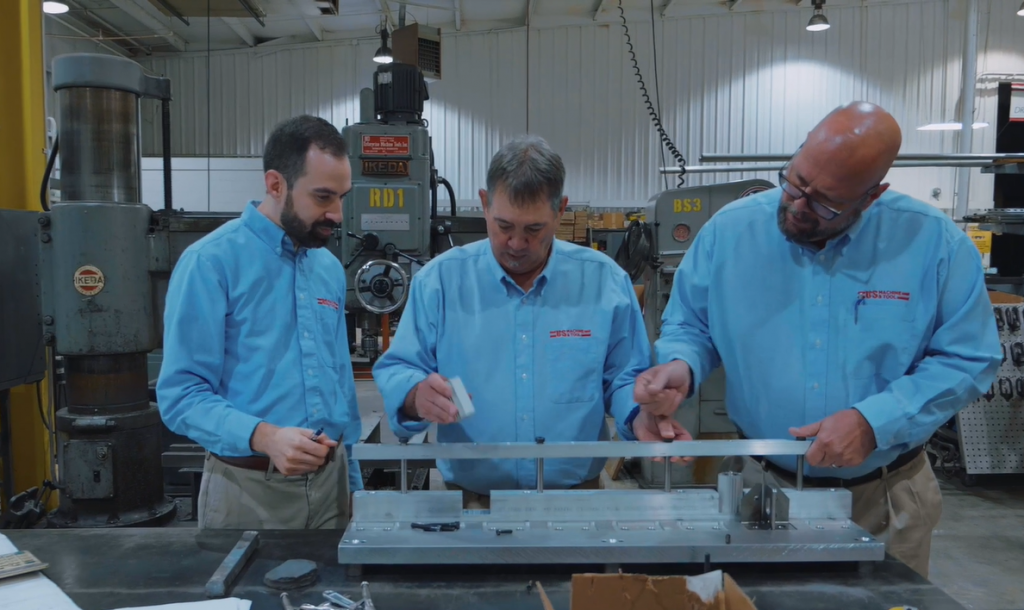Common Challenges in Metal Stamping and How to Overcome Them
Metal stamping and fabrication are crucial processes in manufacturing, providing the backbone for various industries. However, these processes are not without challenges. In this blog, we'll explore some common hurdles faced in metal stamping and fabrication and discuss effective strategies to overcome them.
1. Material Selection Dilemmas
Choosing the right material is a critical aspect of metal stamping. Challenges often arise in determining the optimal material for a specific application. Manufacturers must balance factors such as durability, cost, and performance. When searching online, you can look for the best metal stamping through US Machine & Tool.

2. Precision and Tolerance Issues
Achieving precision in metal stamping is essential, and tolerance issues can lead to defective products. Advanced technologies, such as computer numerical control (CNC) systems and robotic assistance, can significantly enhance precision. Regular equipment maintenance and calibration are also crucial for maintaining tight tolerances.
3. Tooling and Die Wear
Wear and tear on stamping tools and dies can impact product quality and increase production costs. Implementing a robust maintenance schedule and investing in high-quality tooling materials can extend the lifespan of tools. Additionally, continuous monitoring and timely replacements can minimize downtime.
4. Lubrication Challenges
Proper lubrication is vital for smooth metal stamping operations, preventing friction and wear. However, selecting the right lubricant and ensuring its consistent application can be challenging. Regular assessments of lubrication systems, coupled with training for operators, can mitigate this challenge.
Conclusion
While metal stamping and fabrication present their own set of challenges, proactive measures and strategic solutions can pave the way for successful outcomes. Manufacturers must prioritize research, invest in advanced technologies, and implement effective maintenance practices. By addressing material selection, precision concerns, tooling wear, and lubrication challenges, the industry can continue to evolve and meet the demands of diverse applications.
